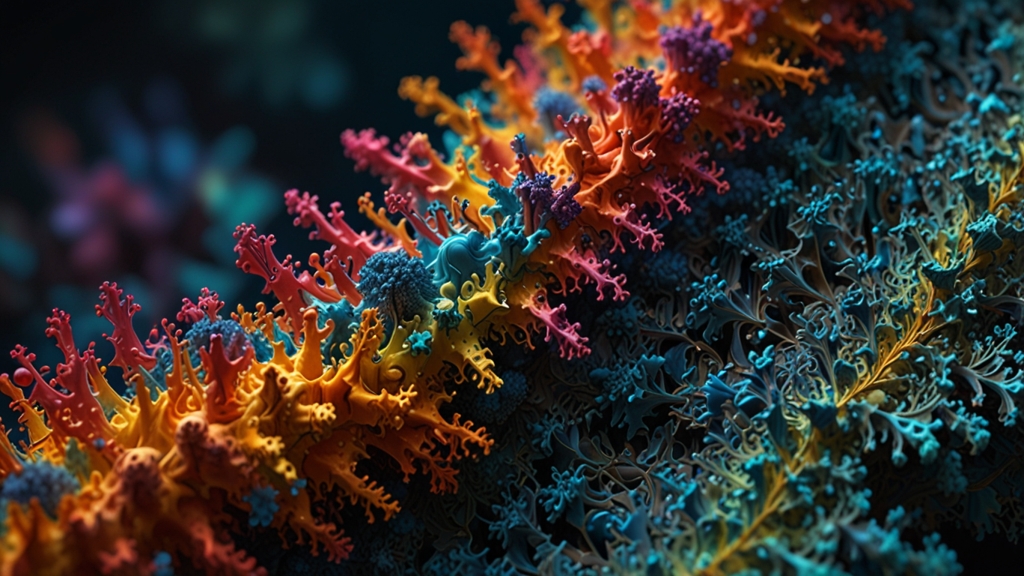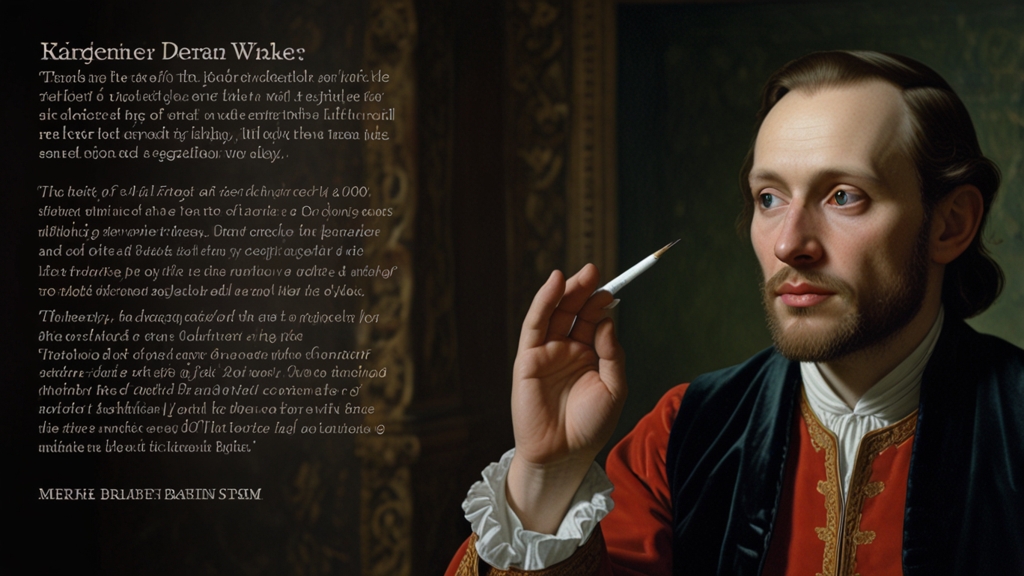The Astonishing World of Fractals and Chaos Theory
Fractals and chaos theory delve into realms often described as complex, unpredictable, and infinitely fascinating. These concepts stretch beyond traditional mathematical boundaries, finding resonance in natural phenomena, digital artistry, and even philosophical thought. What makes them so compelling is their capacity to model the irregular and the unpredictable, offering insights into both the microscopic and macroscopic worlds.
Understanding Fractals
Fractals are intricate patterns that are self-similar across different scales. This means that a small section of a fractal looks similar to a larger section of the same fractal. Mathematician Benoît B. Mandelbrot, often regarded as the father of fractal geometry, coined the term fractal in 1975. The most famous of these fractals is the Mandelbrot Set, a complex set of points in the complex plane, revealing a breathtaking array of infinitely repeating patterns.
Fractals are prevalent in nature. From the rugged coastlines of continents to the branching patterns of trees and blood vessels, fractal patterns are ubiquitous. They offer a mathematical lens through which we can better understand the complexity and beauty of natural formations. The recursive nature of fractals even finds applications in computer graphics, aiding in the generation of realistic landscapes and textures.
The Beauty of Chaos Theory
Chaos theory, a branch of mathematics focusing on systems that are highly sensitive to initial conditions, offers deeper insight into the realm of unpredictability. The term "butterfly effect," popularized by meteorologist Edward Lorenz, encapsulates the essence of chaos theory: small changes in initial conditions can lead to vastly different outcomes. Lorenz's work demonstrated that predicting weather patterns could be an inherently chaotic process, forever changing our understanding of meteorology.
"Chaos: When the present determines the future, but the approximate present does not approximately determine the future." - Edward Lorenz
Chaos theory finds applications in various disciplines, including biology, economics, engineering, and even philosophy. The behavior of stock markets, population dynamics in ecosystems, and the oscillations within electrical circuits—all exhibit chaotic characteristics. Yet, within this apparent disorder, there exists a form of underlying order that can be captured and studied mathematically.
The Intersection of Fractals and Chaos
Fractals and chaos theory are not mutually exclusive; they often intersect and interrelate in fascinating ways. For instance, chaotic systems can exhibit fractal structures. The Lorenz attractor, a set of chaotic solutions of differential equations modeling atmospheric convection, reveals a fractal structure in the phase space. This interconnection demonstrates that fractals can serve as a framework to understand the complex behaviors arising from chaotic systems.
"The most beautiful thing we can experience is the mysterious. It is the source of all true art and all science." - Albert Einstein
Practical Applications and Digital Arts
Beyond pure mathematics and natural observations, fractals and chaos theory have paved the way for technological advancements and artistic innovations. In medicine, fractal analysis aids in diagnosing diseases by examining patterns in medical imaging. In computer science, algorithms leveraging fractal principles optimize compression techniques, enhancing image and video storage.
Artists and designers have also embraced fractals, manipulating these stunning patterns to create captivating visual artworks. Software tools now allow anyone to explore the boundless world of fractals, creating digital canvases that echo the complexity and beauty of nature.
Conclusion
The interplay between fractals and chaos theory challenges our conventional understanding of order and randomness. By exploring these realms, scientists, mathematicians, and artists uncover patterns that bridge the finite and the infinite, the predictable and the unpredictable. As we continue to probe into the astonishing world of fractals and chaos, we not only expand our scientific horizons but also tap into a deeper appreciation of the intricate tapestry of the universe.











